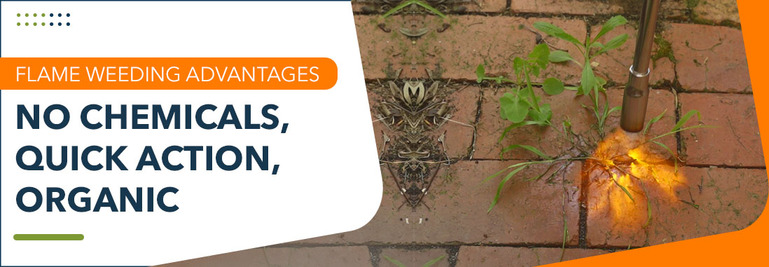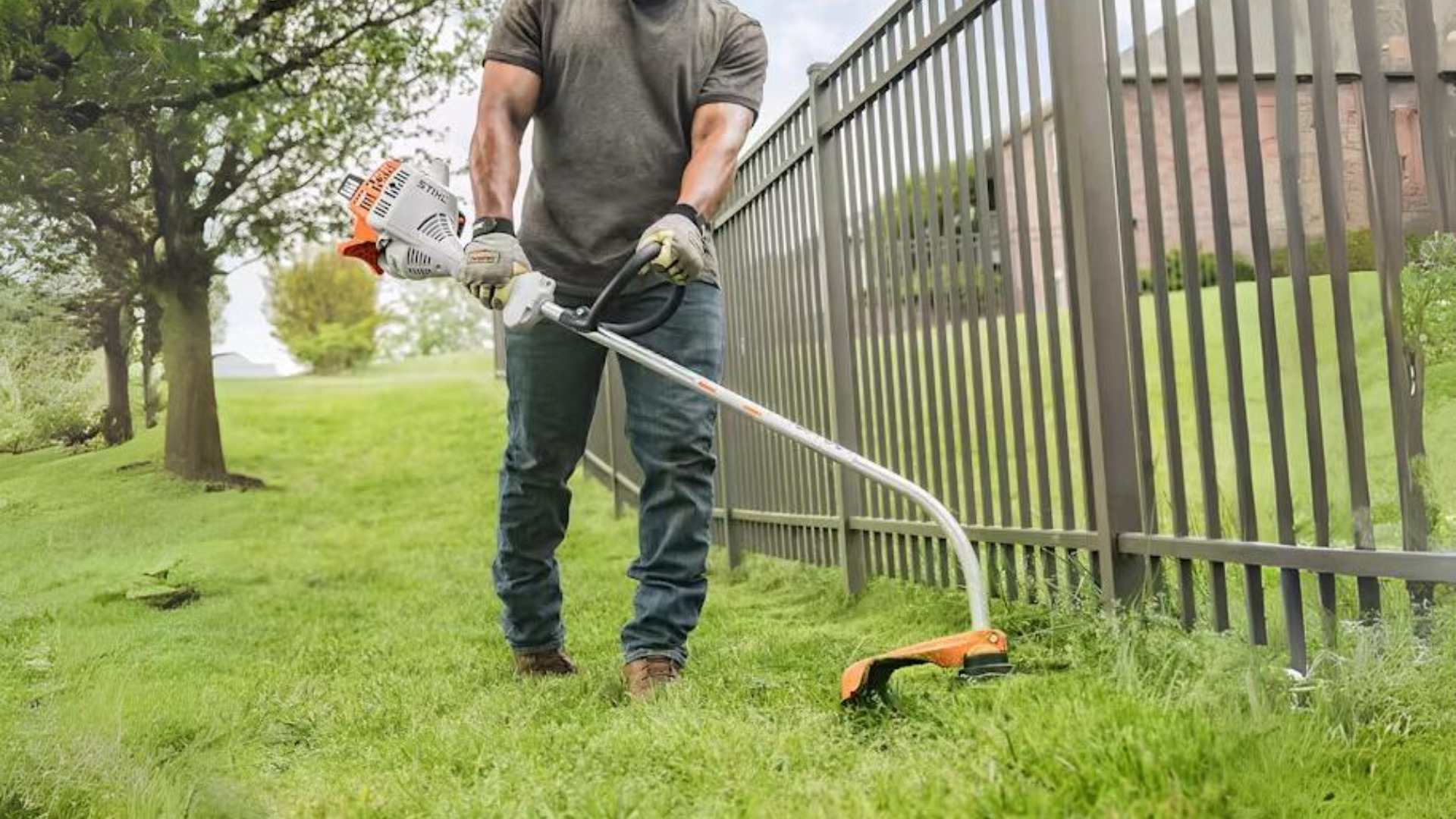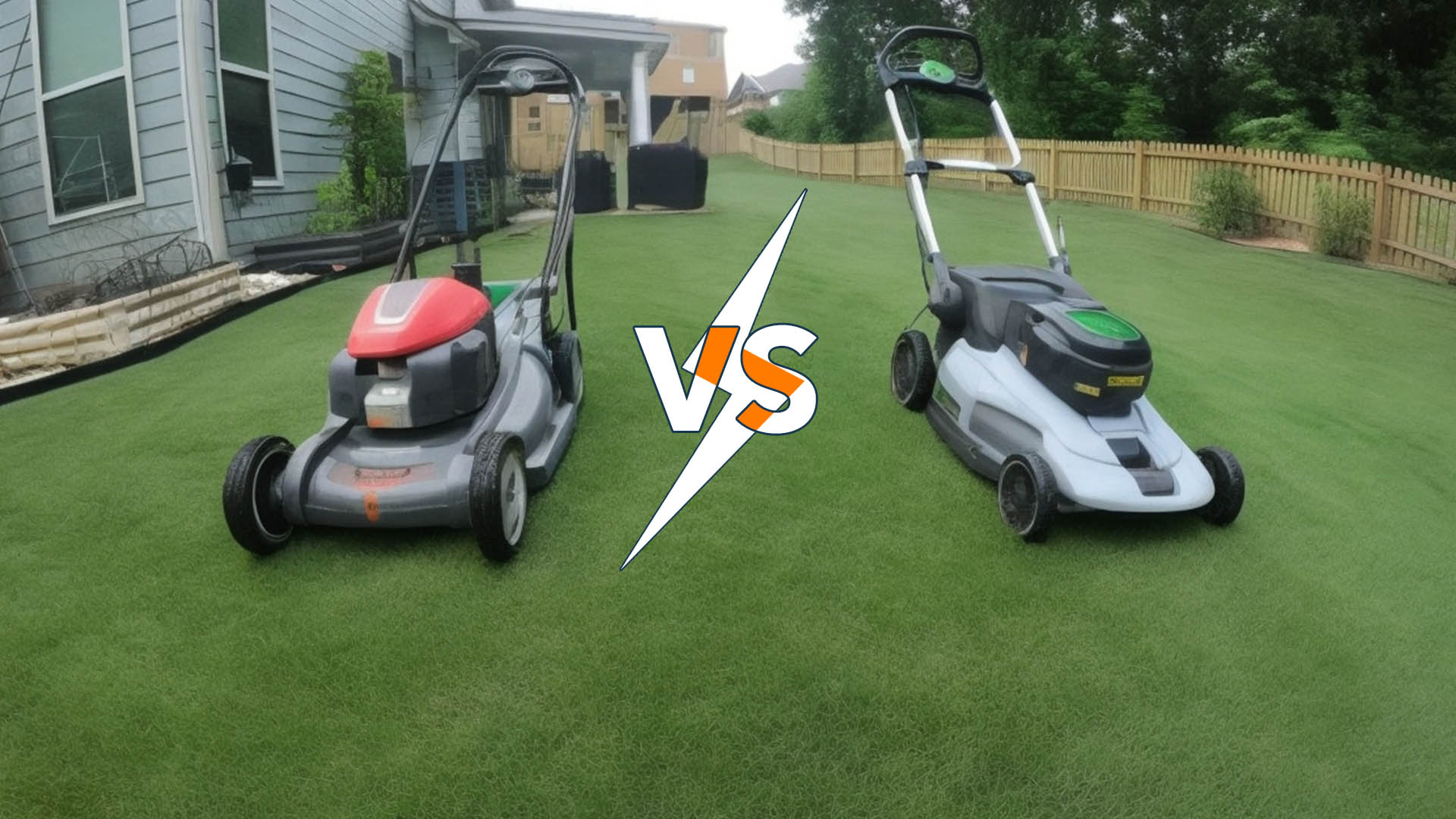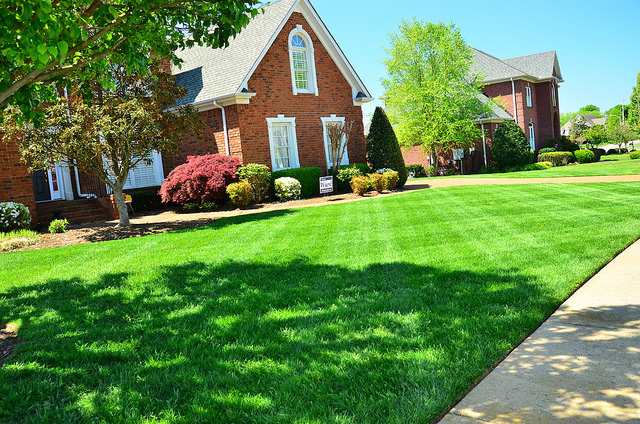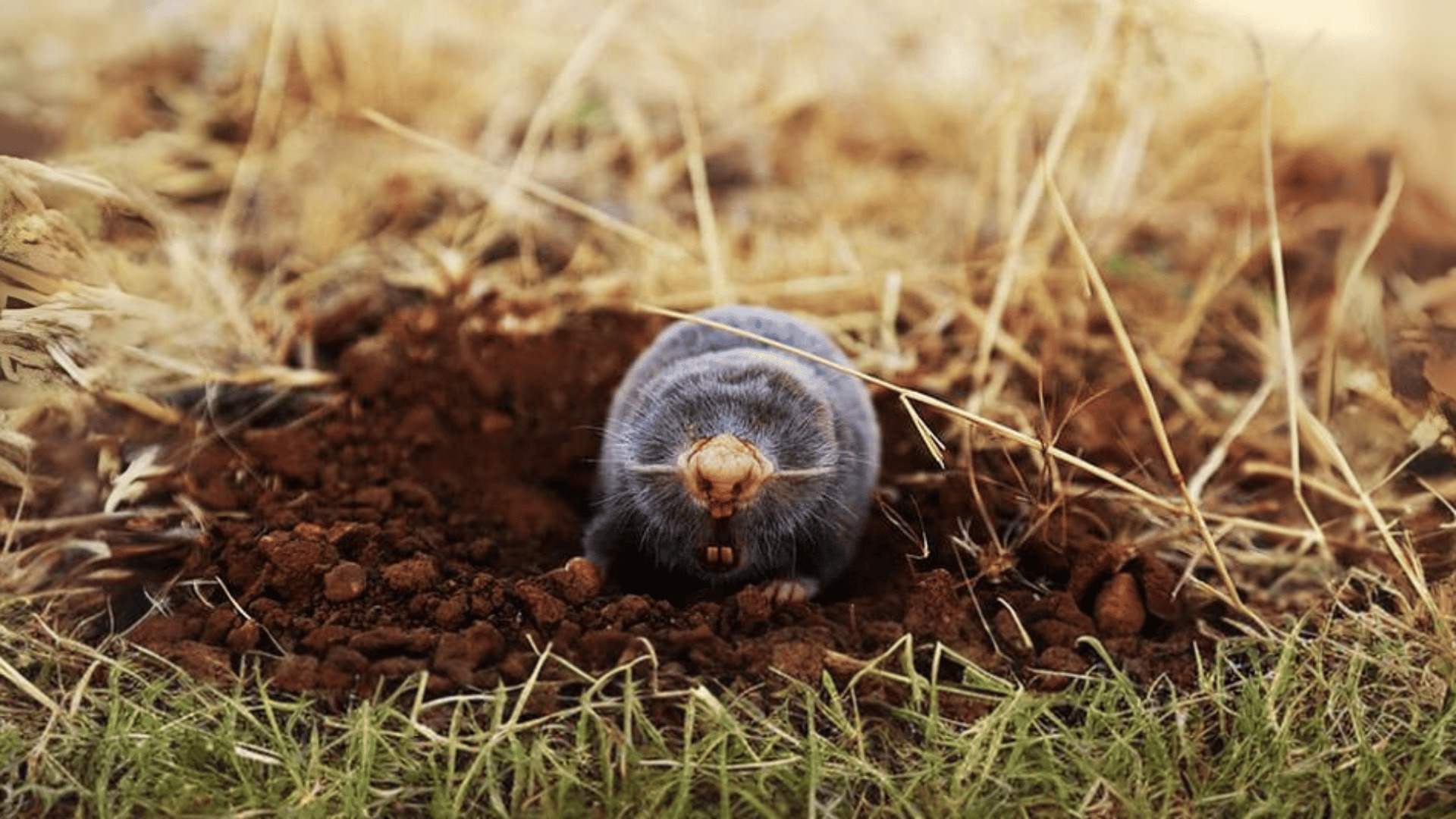 Survey: Homeowners share how to get rid of moles in your yard
Survey: Homeowners share how to get rid of moles in your yard
What is flame weeding? Your guide to a viable, organic weed control option
by Gene Caballero | April 27, 2024
What is flame weeding?
Your guide to a viable, organic weed control option
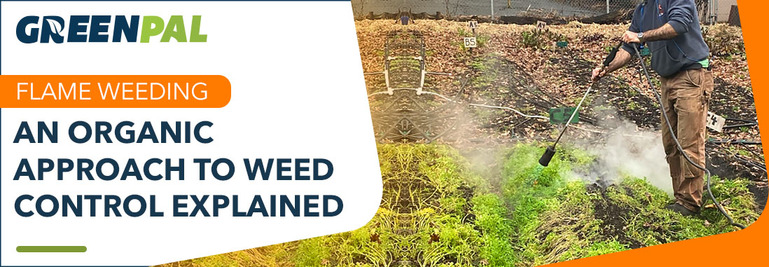 Weeds compete. When they move in, a homeowner's plants and grass find less sun and soil space. Those looking to turn up the heat on their weed control might be asking, "What is flame weeding?" Flame weeding is a type of weed control that employs a flame or heat source to eliminate vigorous weeds and unwanted vegetation. It provides an effective alternative to harsh chemical herbicides. In this guide, we'll take a detailed look at some of the following:
Weeds compete. When they move in, a homeowner's plants and grass find less sun and soil space. Those looking to turn up the heat on their weed control might be asking, "What is flame weeding?" Flame weeding is a type of weed control that employs a flame or heat source to eliminate vigorous weeds and unwanted vegetation. It provides an effective alternative to harsh chemical herbicides. In this guide, we'll take a detailed look at some of the following:
|
|
|
|
|
What is Flame Weeding?
Flame weeding uses heat, not fire, to eliminate weeds. The process provides an organic alternative to chemical-based weed killing. Its goal is to break apart the cellular structure of weeds.
Sap and water fill weeds. Heat boils water and sap. They expand and burst through the weed's cell walls. Flames, one. Weeds, zero. Does burning weeds work? You bet. Flame weeding effectively causes weeds to wilt and die off. 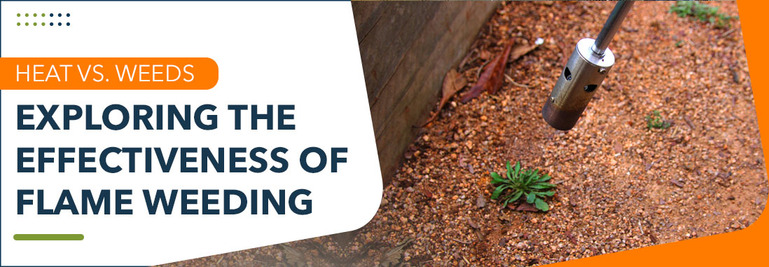
Flame weeding dates back to the 1800s.
With the invention of the Stoneville propane burner in 1948, flame weeding became an accepted practice — more than 25,000 flame weeders were in commercial use by 1965.
So, what happened? Why did its popularity plummet? Herbicides grew in efficiency. Propane costs rose. Economy, one. Flame weeders, zero.
Still, there seems to be an uptick in the number of people asking, "What is flame weeding?"
There are three main methods of flame weeding used by homeowners and farmers:
|
|
|
Products Available for Flame Weeding
Flame-weeding products run the gamut, from simple handheld propane torches to propane tank carriers. Here are some of the most frequently used products by homeowners currently on the market and their price ranges:
Portable Propane Torch: A simple handheld propane torch can cost anywhere from $20-$50, depending on the brand. These are good for eliminating weeds in small areas like a sidewalk, garden, or driveway.
Backpack Flame Weeder: Wheeling a propane tank around is often frustrating. For those working in forestry services and for municipalities, a backpack that can transport a ten-pound propane tank is a game-changer. Prices generally range from $200 to $500 or more, depending on the gallon fuel capacity and features. These can help with weeds in lawns, fields, or landscaping areas.
Flame Weeding Systems: Some companies offer ready-to-use flame weeding systems, including a propane tank, hoses, and a wand or nozzle (depending on the provider). The price for these systems ranges from $500 to $1500 or more, depending on their size and efficiency.
Does burning weeds work?
Flame weeding has multiple advantages compared with other methods of eliminating weeds, such as herbicides. First, it's organic. No chemicals. With proper precaution, flame weeding is a safe alternative.
Herbicides also require a wait period after application. Experts suggest waiting at least 48 hours before letting a pet or child access a yard after herbicide application — even with those products that claim lawns can be accessed immediately after application.
Flame-weeding torches provide a concentration of flames. This precision allows homeowners to kill weeds without damaging other plants. Flame weeding also does not disturb the soil during the process. Methods that disrupt the soil may inadvertently increase weed germination by pulling seeds closer to the surface.
Herbicides also don't work on every type of weed, and mounting research shows certain weeds resist herbicides well. Some weeds have hard-to-reach growing points that shield them from heat. However, this does not make them immune to heat.
How Pet-Friendly is Flame Weeding?
Those asking, "What is flame weeding?" may also want to know if flame weeding is pet-friendly. It is safe for pets, provided users are safe and responsible with the equipment. Following a few precautions, homeowners can flame weed and keep their pets safe.
When flame weeding, keep pets indoors. Many products reach more than 3,000 degrees. Although the flame's heat will largely dissipate in minutes, the hot air and ash particles could also negatively impact a pet.
Tips for Effective Flame Weeding
Flame weeding is much more than burning weeds. The flame shouldn't touch the weeds. The goal is to get the heat close enough to boil the water and sap inside. We've compiled a list of a few tips that can help a homeowner flame weed more effectively and safely.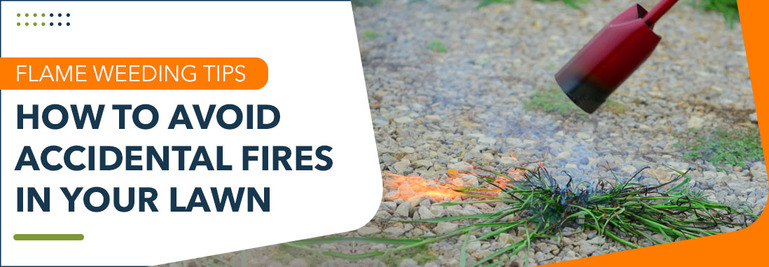
Torch placement: The key to successful flame weeding is torch placement. Can you go too low? The goal is to kill weeds, not set a lawn on fire. Always keep a garden hose on standby. If a homeowner goes too low with their torch, they may inadvertently affect plants they don't want to target or cause a fire.
But, if they torch too high, the heat won't reach the weed. Useless. Consider the heat waves (also called heat haze or heat shimmer). If you have grilled burgers, you've seen the visible heat above the grill as the hot air mixes with the colder air above.
This process will happen with flame weeding as well. That area of visible heat is what should be hitting the weed. A minimum of three inches off the ground is a good rule of thumb.
Stick to small spaces: Flame weeding is dangerous if done improperly. An open flame applied in the wrong place can start a fire. Grass fires spread quickly. Err on the side of caution and use flame weeding for spot treatments where weeds are isolated from other areas of the lawn — places like sidewalks and driveways.
Watch the weather: Avoid flame weeding on a windy day. As weeds succumb to a torch's heat, they will turn to ash. If this gets picked up and carried in the wind, that's a fire hazard. Chances are, if you're in a drought, you won't see too many weeds. But weeds like purslane are drought resistant. Find another way to get rid of weeds in dry conditions.
Quick Summary
Aspect | Details |
Flame Weeding Basics | Flame weeding uses heat to eliminate weeds organically, dating back to the 1800s. |
Methods of Flame Weeding | Non-selective, pre-planting, and selective spot flaming are common methods used. |
Flame Weeding Products | Portable torches ($20-$50), backpack flame weeders ($200-$500+), and complete systems ($500-$1500+) available. |
Effectiveness of Flame Weeding | Organic, precise, and soil-friendly; doesn't disturb soil like herbicides, targets weeds without damaging other plants. |
Pet Safety and Flame Weeding | Flame weeding is pet-safe with precautions; keep pets indoors during flame weeding to prevent potential harm. |
Tips for Effective Flame Weeding | Maintain torch height, use in small spaces, avoid windy conditions, and monitor weather and dryness for safe use. |
Flame weeding is a multipurpose and fast means of weeding with the advantage of not dealing with herbicides.
The initial investment for equipment would depend on the scale of operation, but many find flame weeding a viable, organic option for weed control. 
Powered by Froala Editor

 HELP! My Sprinkler Head is Busted! What will it cost to repair? {And how to DIY}
HELP! My Sprinkler Head is Busted! What will it cost to repair? {And how to DIY}
by Gene Caballero | February 13, 2024
 What can I do with exposed tree roots in my lawn? (3 Simple Solutions)
What can I do with exposed tree roots in my lawn? (3 Simple Solutions)
by Gene Caballero | June 03, 2022
 4 Crucial Landscaping Mistakes to Avoid to Create a Beautiful Flow Inside and Out
4 Crucial Landscaping Mistakes to Avoid to Create a Beautiful Flow Inside and Out
by Gene Caballero | December 14, 2023






